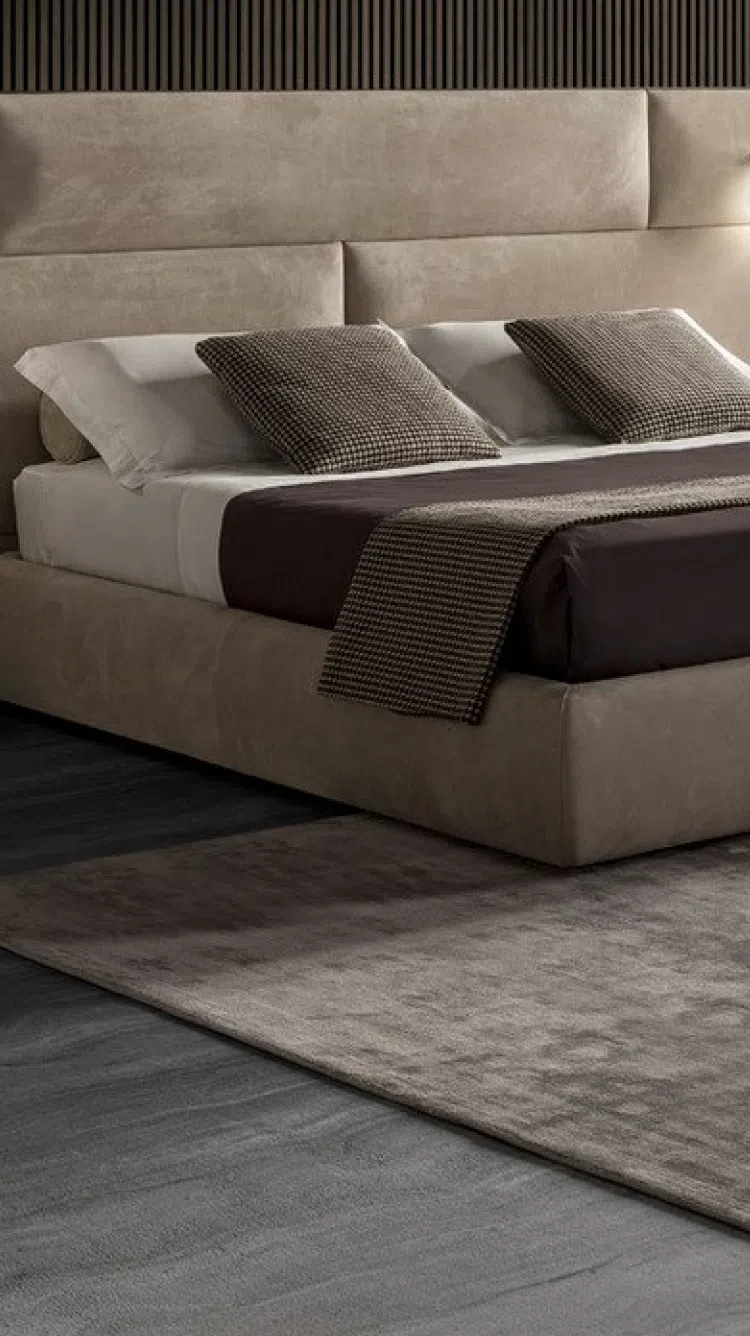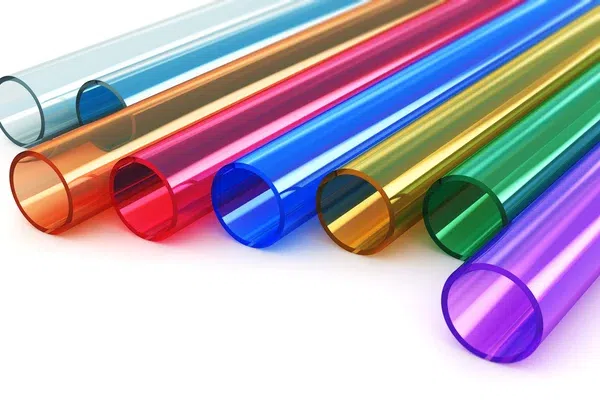Acrylic, also commonly referred to by its chemical name poly(methyl methacrylate) (PMMA) or by trade names such as Plexiglas, Lucite, or Perspex, is a transparent thermoplastic often used as a lightweight and shatter-resistant alternative to glass. As a furniture material, acrylic has several unique properties that make it a popular choice in modern and contemporary interior design.
Properties of Acrylic Furniture Material
Transparency: One of the most notable properties of acrylic is its optical clarity, which can be as much as 92% transparent, making it equivalent to optical glass. In furniture, this means it can be used to create pieces that do not reduce visual space and can blend seamlessly with any decor.
Lightweight: Acrylic is significantly lighter than glass and many other materials, which makes furniture pieces easier to move and handle. This can be particularly advantageous for larger items like tables or shelves.
Durability: Acrylic has a high impact resistance and is less likely to crack or shatter compared to glass, making it a durable option for furniture. However, it can be prone to scratching if not treated with care.
Weather Resistance: The material is resistant to UV light and weathering, which prevents it from yellowing over time when exposed to sunlight, making it suitable for both indoor and outdoor furniture.
Moldability: In its heated state, acrylic becomes very flexible, allowing it to be easily shaped and molded into various forms. This flexibility enables designers to create a wide range of intricate and unique furniture designs.
Easy Maintenance: Acrylic furniture is relatively easy to maintain. It can be cleaned with a simple solution of soap and water. One should avoid using ammonia-based cleaners or abrasive materials, as they can damage the surface.
Thermal Insulation: Acrylic furniture does not conduct heat as well as materials like metal, making it a more comfortable option to touch, particularly in environments subject to temperature fluctuations.
Applications in Furniture
Acrylic can be found in a variety of furniture pieces, including:
- Tables (e.g., coffee tables, dining tables, side tables)
- Chairs
- Shelves and bookcases
- Desks
- Bar stools
- Display cases
Considerations when Using Acrylic Furniture
Scratch Resistance: While durable in terms of impact, acrylic surfaces can scratch easily. It is important to use proper cleaning techniques and materials. Specialized acrylic cleaners and polishes can help maintain its shine and reduce the appearance of scratches.
Weight Bearing Capacity: Even though acrylic is strong, its weight bearing capacity might be less than other materials like wood or metal, so it's necessary to consider the intended use and structural design.
Cost: High-quality acrylic can be more expensive than other plastic materials or even some types of glass due to its desirable properties.
Eco-friendliness: Acrylic is not biodegradable and recycling it can be challenging, as it requires special facilities. Therefore, from an environmental perspective, it’s important to consider its life cycle and potential for reuse or repurposing.
In summary, acrylic is a versatile, durable, and aesthetically pleasing material suitable for a wide range of furniture designs. Its unique properties offer opportunities for creative and innovative applications in the world of furniture, both for practical and decorative purposes.



